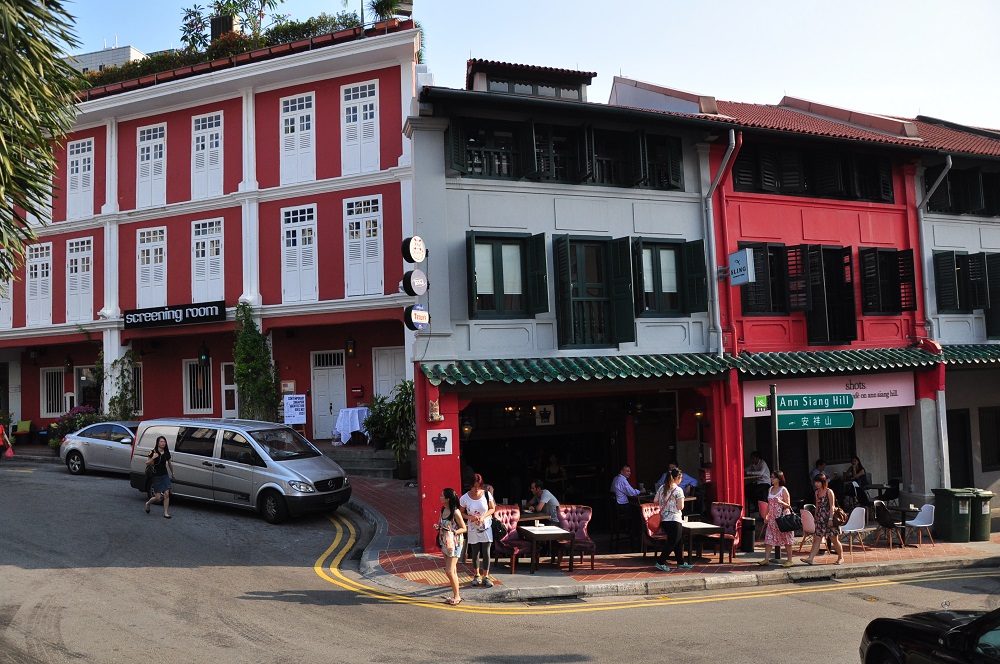Filled with the colours, flavours, spices, and customs of different ancestries, Singapore’s vibrant hawker scene may seem like an eclectic maze of characters to the uninitiated; but ask any Singaporean, and you’ll notice a spark in their eyes as they embark on that all-too-familiar discourse of our distinct hawker fare, wistfully recounting their delicious flavours and the bustling environment they’ll almost always be surrounded by.
Having faithfully served Singaporeans with scrumptious zichar signatures for decades, the people behind the Original Sembawang White Bee Hoon is no stranger to gratifying local tastebuds. Now steered by their next generation, the brand has been expanding their portfolio and has recently re-launched efforts to establish a restaurant selling prawn noodles. Playfully adopting the nickname of White Restaurant’s founder, Mr Tay, Fei Lou Fatt revisits the familiar Prawn Noodles and brings it to new heights with added flair and details.
We speak to Alan Wah, who helms Fei Lou Fatt, to learn more about what it means to offer hawker fare in this day and age.
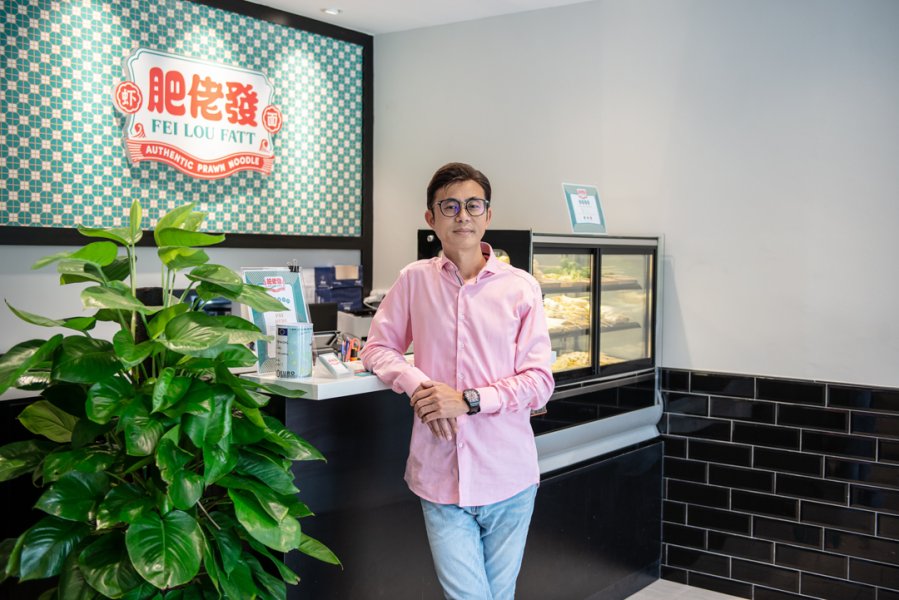
After decades of serving up delicious White Bee Hoon and other Singaporean zichar dishes, what inspired Fei Lou Fatt’s concept at the beginning?
Back in 2011, it dawned on us that because of our White Bee Hoon, we used a lot of prawns daily. We had a lot of shell and other prawn parts every day and it was really just such a waste. These were really rich ingredients by themselves. So we decided to use them to make a broth and serve prawn noodles.
Back then, this was also meant to supplement White Restaurant’s business.
What makes Fei Lou Fatt’s prawn noodles stand out from the rest?
First of all, we do not skimp on our ingredients. Our prawn noodle broth has a really rich umami flavour. And unlike the commonly found prawn noodle broth that is cooked with the addition of pork ribs, our broth is made using a special home recipe of braised herbs, which gives it a stronger, more distinct flavour.
In order to enrich the taste, we’ve also developed our own kind of chilli to complement the prawn noodles. The chilli we add to our noodles uses a combination of 5 different kinds of spices – and it packs a real punch.
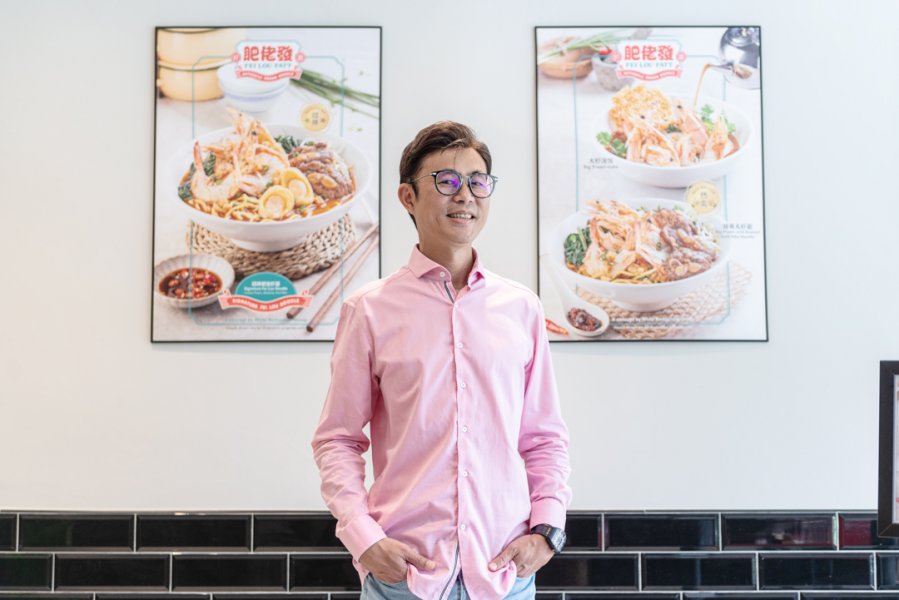
Other than classic prawn noodles, why did you choose to incorporate the Japanese Ochazuke as a novelty, instead of perhaps another traditional hawker dish?
The impetus really was to highlight the entire experience of our prawn noodle and broth. When we look at pao fan or even fish soup, for example, we usually end up just tasting the soup or broth – even though we’ve already added other elements. We really wanted to work around that “one-dimensional” experience. I got inspired when I got to try a beef ochazuke dish during one of my travels to Japan. I realised that by controlling how and when the broth is added, I’m able to savour every single element of the dish, from the rice, to the meat, to the broth itself. That’s the experience I hope to bring to Fei Lou Fatt with our Prawn-zuke option. Diners are able to enjoy the fragrance and texture of our rice, the fresh prawns, and our broth bit by bit.
Why did you pick Lok Lok to accompany your prawn noodles?
Through market research, surveys, and our own observation, most prawn noodle stalls usually come with sides of wu xiang (or ngoh hiang), and it’s really everywhere. We wanted to offer something more interesting than the usual fried wu xiang selections, as well as still keep to our mission to encourage more youngsters to go for traditional fare – so we went around and started asking youngsters for their opinions, and that’s how we arrived lok lok.
We then added our own twist with our own tempura batter, hoping to present a fresher experience.
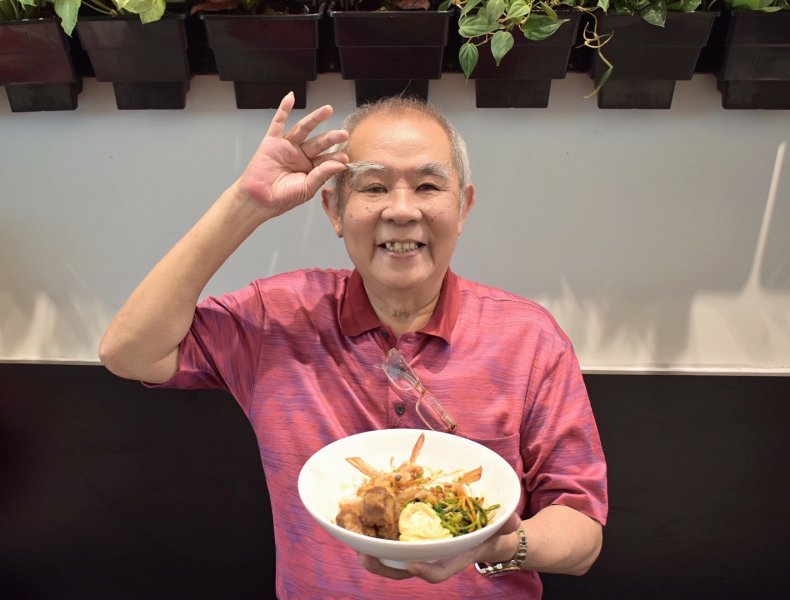
What would you say are some dishes that are most representative of Singapore food?
Off the top of my head, I’d say Singapore’s Chilli Crab and our White Bee Hoon! These dishes were created by Singaporeans, done by Singaporeans, for Singaporeans.
We always talk about wok hey when we think of hawker fare, are there specific methods to achieve that familiar fragrance and flavour?
I would say it boils down to three main factors: the intensity of the fire, the wok used, and how the food is tossed during cooking. The wok used is very important because the longer a wok has been used by a chef, and the more seasoned a wok is, the stronger and rounder the wok hey taste.
Also, in order to achieve wok hey, open fire has to be used.
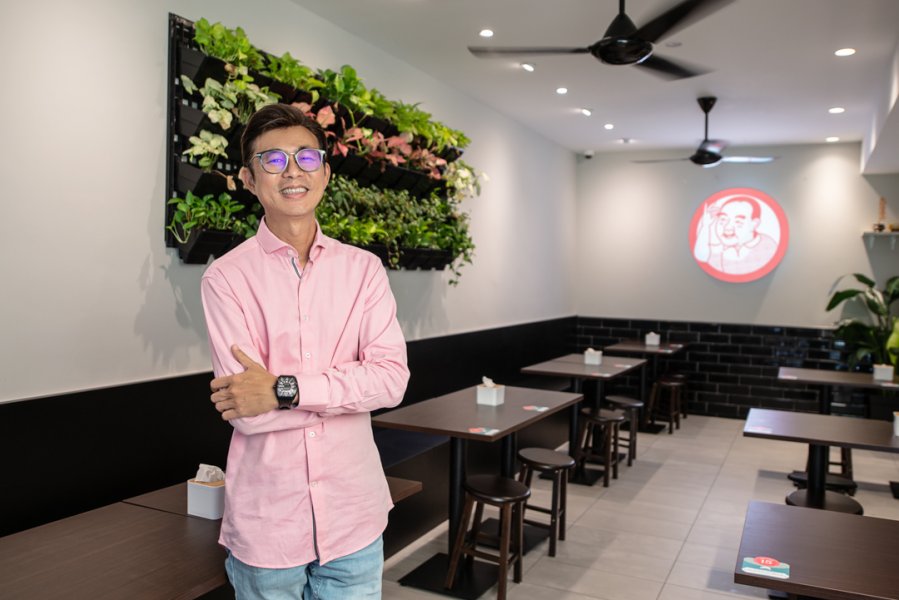
What are your aspirations for Fei Lou Fatt, and how do you think it will fare alongside the White Restaurant business?
As a new and young brand, our priority for now is to stabilise the brand and ensure that the quality and taste of our products do not waver. As a new player in the market, we’re looking inwards, at least for the next couple of years. We’re not looking at outwards expansion for the time being, and up until we have successfully achieved a level of brand awareness and credibility – then we’ll start going up against the big boys.
For more information, follow Fei Lou Fatt on Facebook here.





